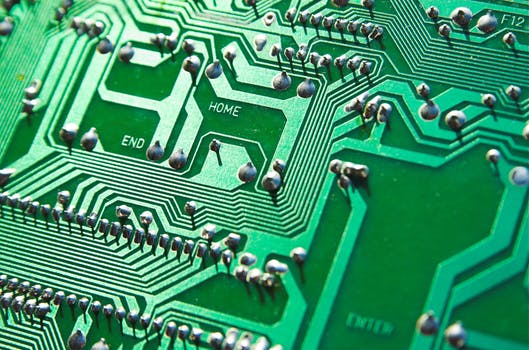To prevent interference on receiving apparatus, for example, audio and TV receivers or computer systems, signals generated in the line supply and the radiated electromagnetic field of radio frequency from electrical equipment may not exceed certain limits. For this, the IEC makes recommendations. A special committee of the IEC, the CISPR (International Special Committee on Radio Interference), has published several definitions concerning measuring sets and measurement procedures for the various types of interference-producing equipment.
Although CISPR is an international committee, some countries have developed their own standards. In Germany, the VDE committee (Verbandes Deutscher Elektrotechniker) has set its own requirements. The VDE requirements may not be incompatible with the IEC recommendations, and frequently reference is made to both.
In the Philips PM 3240 specifications, it will be clear that the prime function of an oscilloscope is not to generate radiofrequency (rf) signals. The instrument only produces rf signals as a parasitic effect.

STANDARD ENVIRONMENTAL CONDITIONS
For S&I products standard environmental conditions for operation are recommended for commonly existing applications. These conditions are based on IEC Puhl. 359: Expression of the functional performance of electronic measuring equipment. This is intended, with other conditions, to unify methods used in making and clarifying statements on the functional performance of electronic measuring equipment. For each condition must be specified:
- Reference condition
- Rated range of use
- Limit range of operation
- Storage and transport condition
Normally, the apparatus intended for different conditions of use are subjected to the same climatic and mechanical conditions for storage and transport. During use, the apparatus may also be subjected to mechanical stresses, due to handling and local transport.
RADIO FREQUENCY INTERFERENCE LIMITS
IEC/CISPR prepares technical recommendations for the maximum rf interference limits.
As radio frequencies (rf) are considered the frequencies in the range from IO kHz to 3000 GHz.
Two categories of apparatus are distinguished:
- Apparatus intentionally using or generating rf: radio frequency equipment
- Apparatus producing rf as a parasitic effect
The limits may depend on the field of application of the apparatus. Classification of ISM Radio Frequency Equipment CISPR Recommendation No. 39 specifies limits for Industrial, Scientific, and Medical (ISM) radio frequency equipment.
Class I
- Equipment, manufactured in series, which meet the limits of Class I.
- The limits of Class I correspond to the limits of CISPR recommendation no. 39.
- Equipment meeting these limits may disturb rf communication under certain conditions.
- National authorities may impose administrative formalities for operation; for example, notification of operation by the user.
Class II
- Equipment, manufactured in series, which meet the limits of class II. The limits of class II are more stringent than the limits of class I.
- Equipment meeting these limits will generally not cause interference. National authorities refrain from an administrative procedure for operation. Equipment other than class I and class II will generally be subject to national regulations. ISM equipment of this class consists generally of large equipment which must be tested at the location of operation.
For S & I radio frequency equipment it is recommended that the requirements of class II be met. If this is not feasible, the requirements of class I (CISPR 39/1) shall be met.
References
https://www.amiq.com/consulting/2015/04/24/how-to-read-a-specification/
https://www.vaisala.com/en/blog/2018-09/understanding-measurement-performance-and-specifications







